Le Corbusier's furniture from Chandigarh
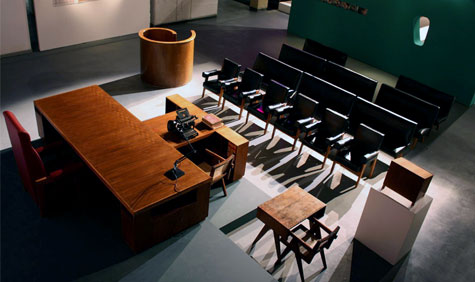
It happens so rarely these days but every now and then you hear of someone stumbling across a classic piece of furniture that has been discarded or taken to charity, unbeknownst of its true value and selling for tenths of its worth.
In a discovery the design equivalent of Howard Carter’s unearthing of Tutankhamen’s tomb, Richa Mukhia stumbled across a host of original one off pieces of furniture designed by Le Corbusier and his cousin Pierre Jeanneret for a specific project they were working on in the early 1950s in India in the city of Chandigarh. After five years of salvaging and careful restoration the collection is now on show in London’s cavernous P3 space.
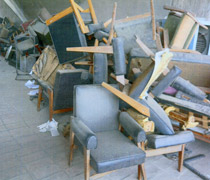
See more images of the one-off pieces by Le Corbusier and his cousin Pierre Jeanneret, that were salvaged from a skip in Chandigarh, India
In post-Raj India Le Corbusier and Jeanneret were commissioned to design a city in the foothills of the Himalayas, putting into bricks and mortar their ideas of modern living. Responsible for the town planning, landscaping and architecture it was an opportunity for them to try out their ideas on an unprecedented scale. Less widely documented but certainly no less significant was the furniture they also designed for the city.
'We obtained the furniture about five years ago after spotting it on a rubbish tip in a very tired state,' explains Mukhia. 'Though the buildings in Chandigarh were still very much in use, the furniture, which was predominantly timber, was nearly 50 years old and showing its age. Hence it was discarded when rufurbishment of the interiors was carried out.'
It’s unusual in that it is simple, handcrafted and largely wood, not the mass-produced tubular steel creations more often associated with the pair. It’s a gentler, perhaps truer form of expression of the mass-individualism propagated by the pair, as well as displaying an incorporation of the particular local Indian craft and social requirements, as opposed to post-War Europe where the pair had until then worked.
The exhibition at P3 is the first outing of this comprehensive collection and alongside regular household furniture includes recreated sections of Chandigarh’s Palace of Justice (see above) and the Capitol Complex as well as plans, models and narratives about the project. Though an impressive collection by any standards one can’t help feeling it's all the more precious for the fact that it was so nearly lost for good.
Receive our daily digest of inspiration, escapism and design stories from around the world direct to your inbox.
ADDRESS
35 Marylebone Road London NW1 5LS
Rosa Bertoli was born in Udine, Italy, and now lives in London. Since 2014, she has been the Design Editor of Wallpaper*, where she oversees design content for the print and online editions, as well as special editorial projects. Through her role at Wallpaper*, she has written extensively about all areas of design. Rosa has been speaker and moderator for various design talks and conferences including London Craft Week, Maison & Objet, The Italian Cultural Institute (London), Clippings, Zaha Hadid Design, Kartell and Frieze Art Fair. Rosa has been on judging panels for the Chart Architecture Award, the Dutch Design Awards and the DesignGuild Marks. She has written for numerous English and Italian language publications, and worked as a content and communication consultant for fashion and design brands.
-
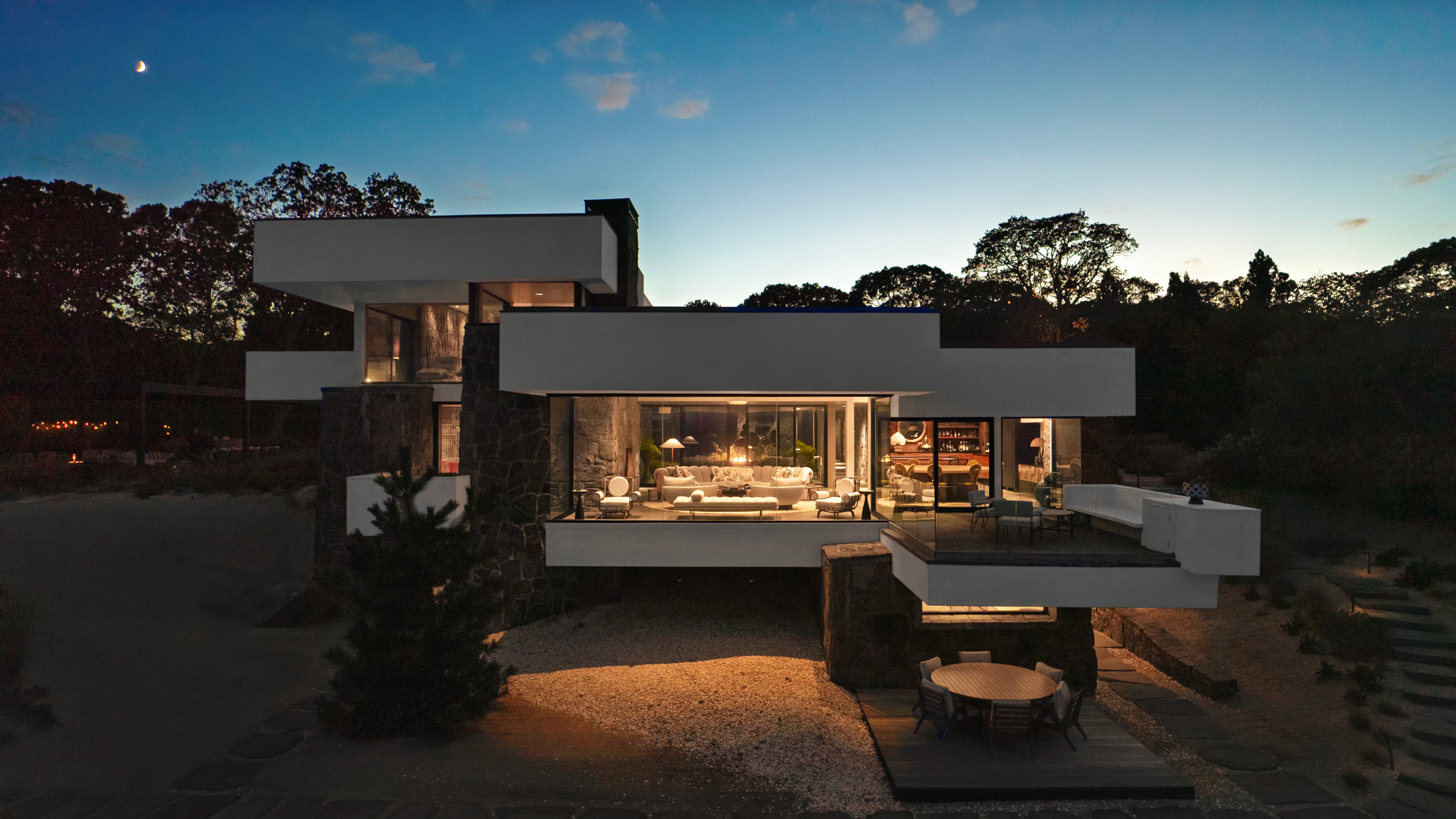 Modernism for sale: a Norman Jaffe-designed icon on Shelter Island hits the market
Modernism for sale: a Norman Jaffe-designed icon on Shelter Island hits the marketThe Osofsky House epitomised the glamour of high-end 70s modernism on Long Island. Now updated and refurbished, it’s back on the market for the first time in over two decades
-
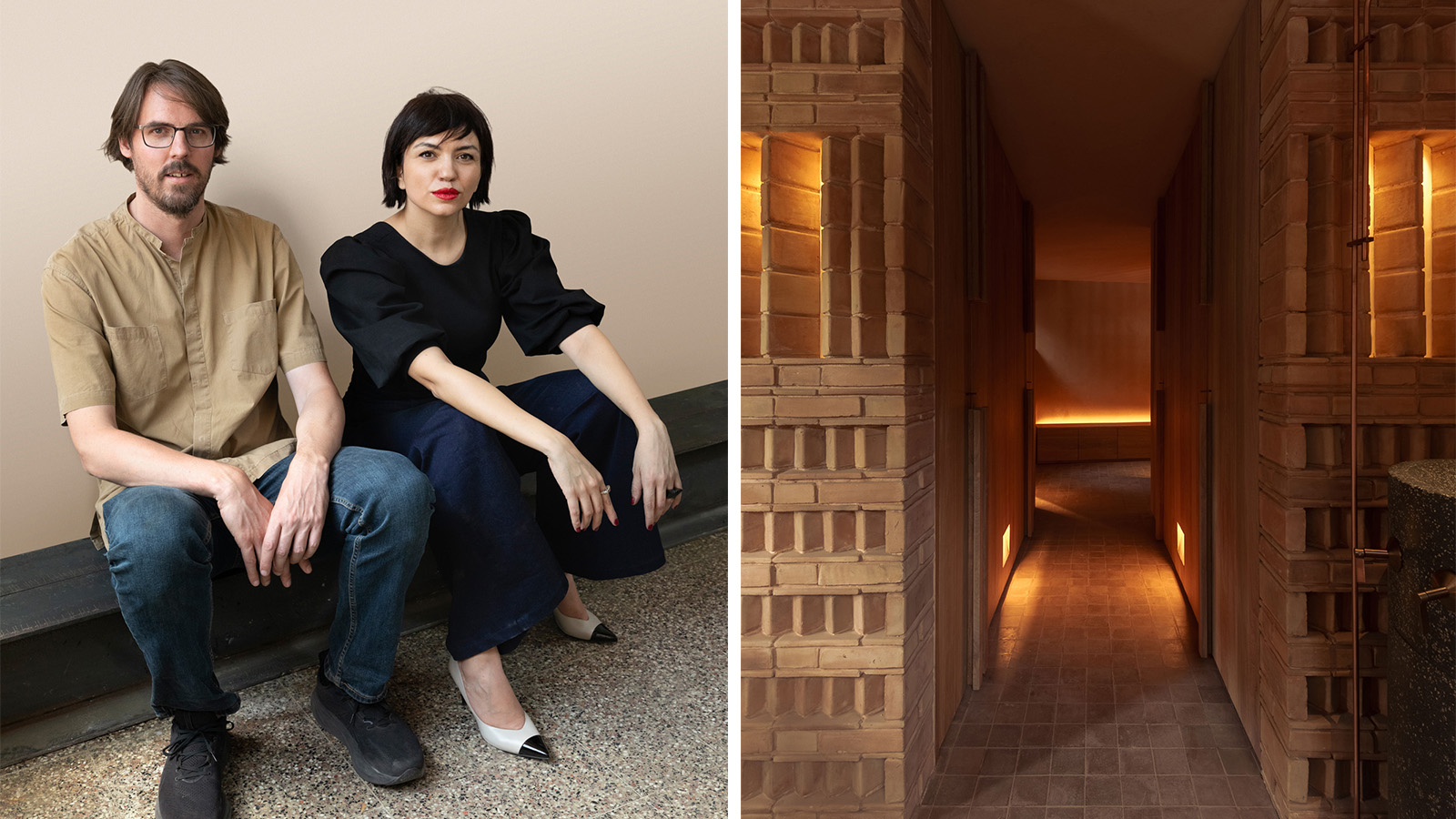 Discover Locus and its ‘eco-localism' - an alternative way of thinking about architecture
Discover Locus and its ‘eco-localism' - an alternative way of thinking about architectureLocus, an architecture firm in Mexico City, has a portfolio of projects which share an attitude rather than an obvious visual language
-
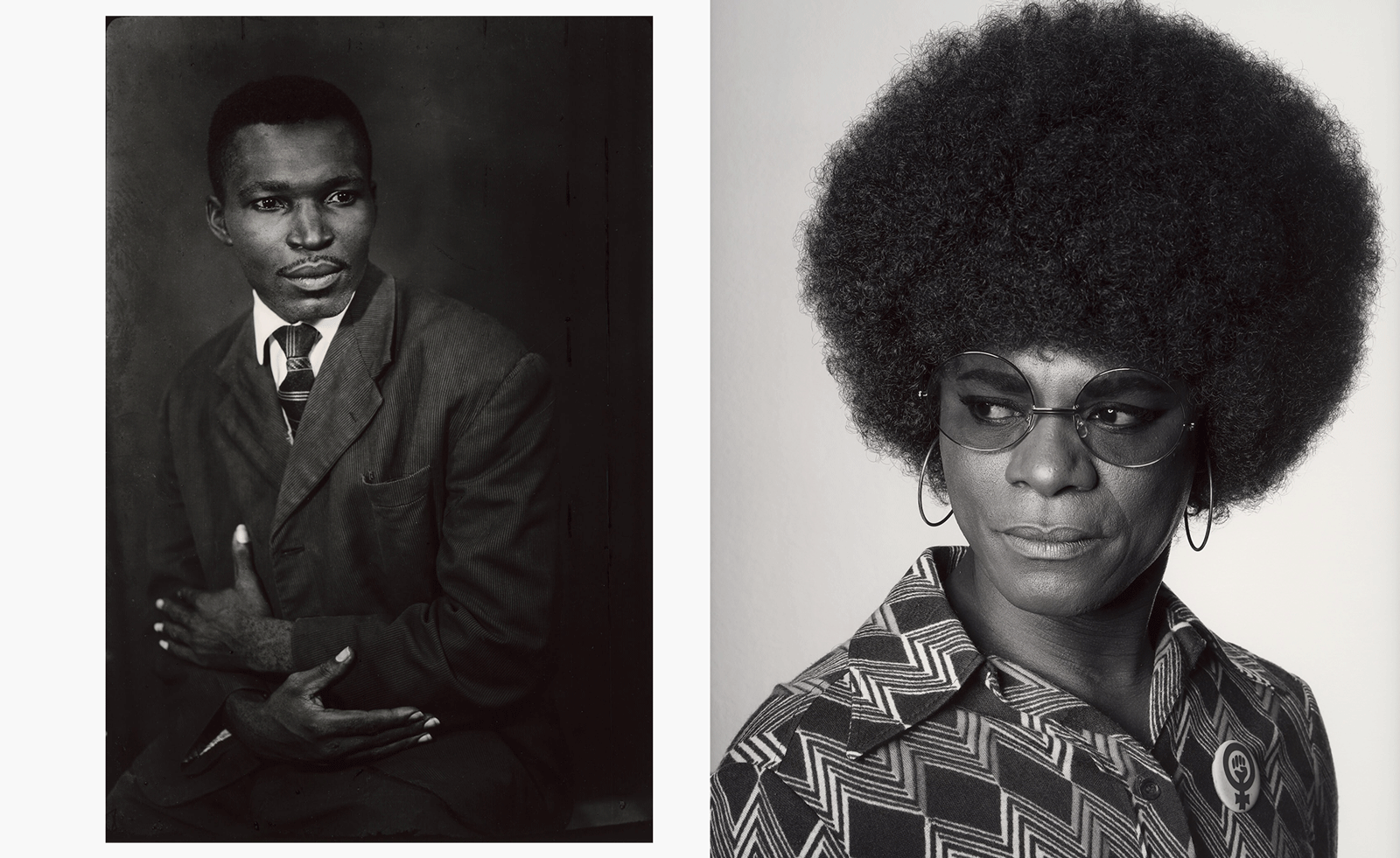 MoMA celebrates African portraiture in a far-reaching exhibition
MoMA celebrates African portraiture in a far-reaching exhibitionIn 'Ideas of Africa: Portraiture and Political Imagination' at MoMA, New York, studies African creativity in photography in front of and behind the camera
-
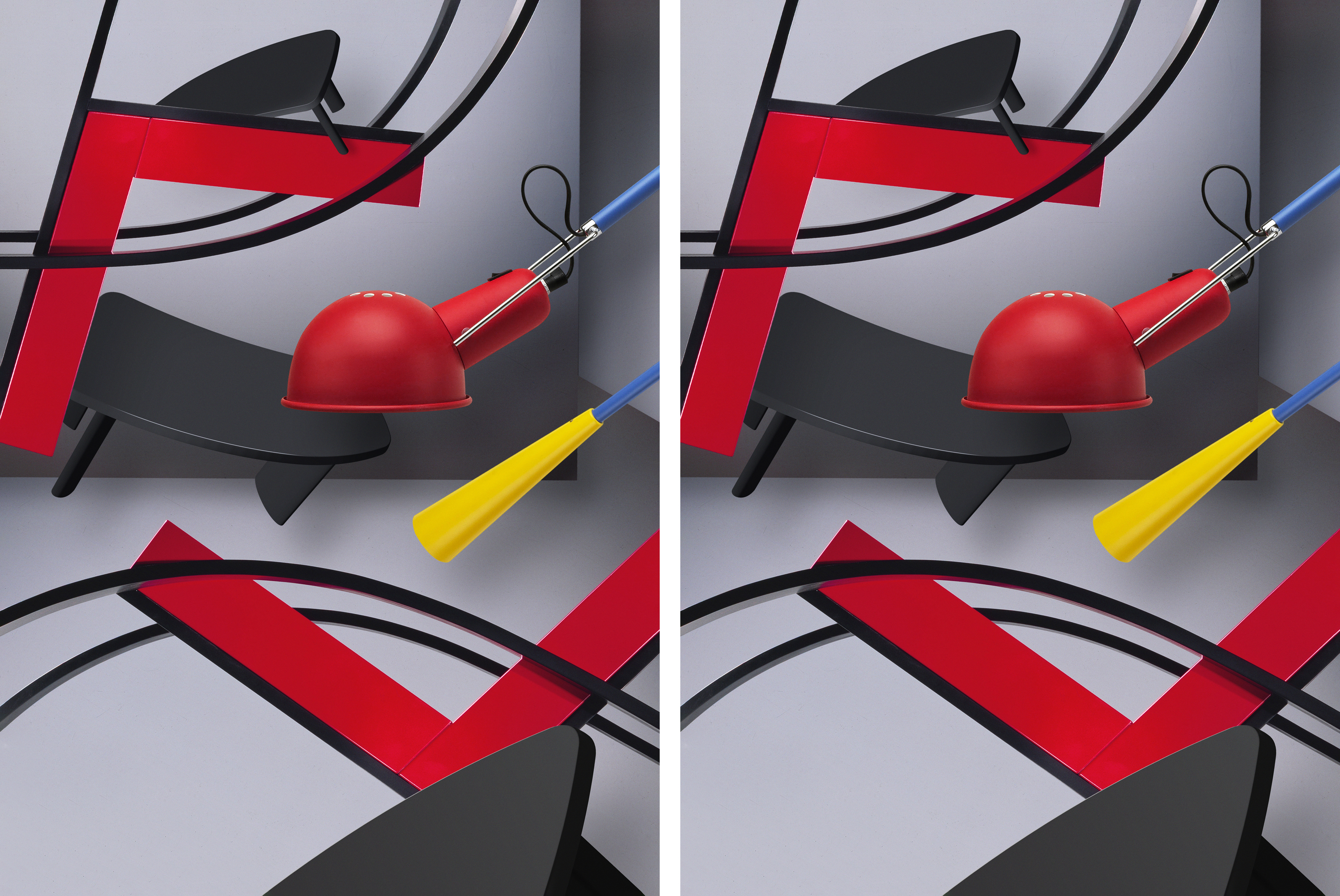 Best reissues: vintage design classics revitalised with brio
Best reissues: vintage design classics revitalised with brioExplore vintage design reimagined for the future
-
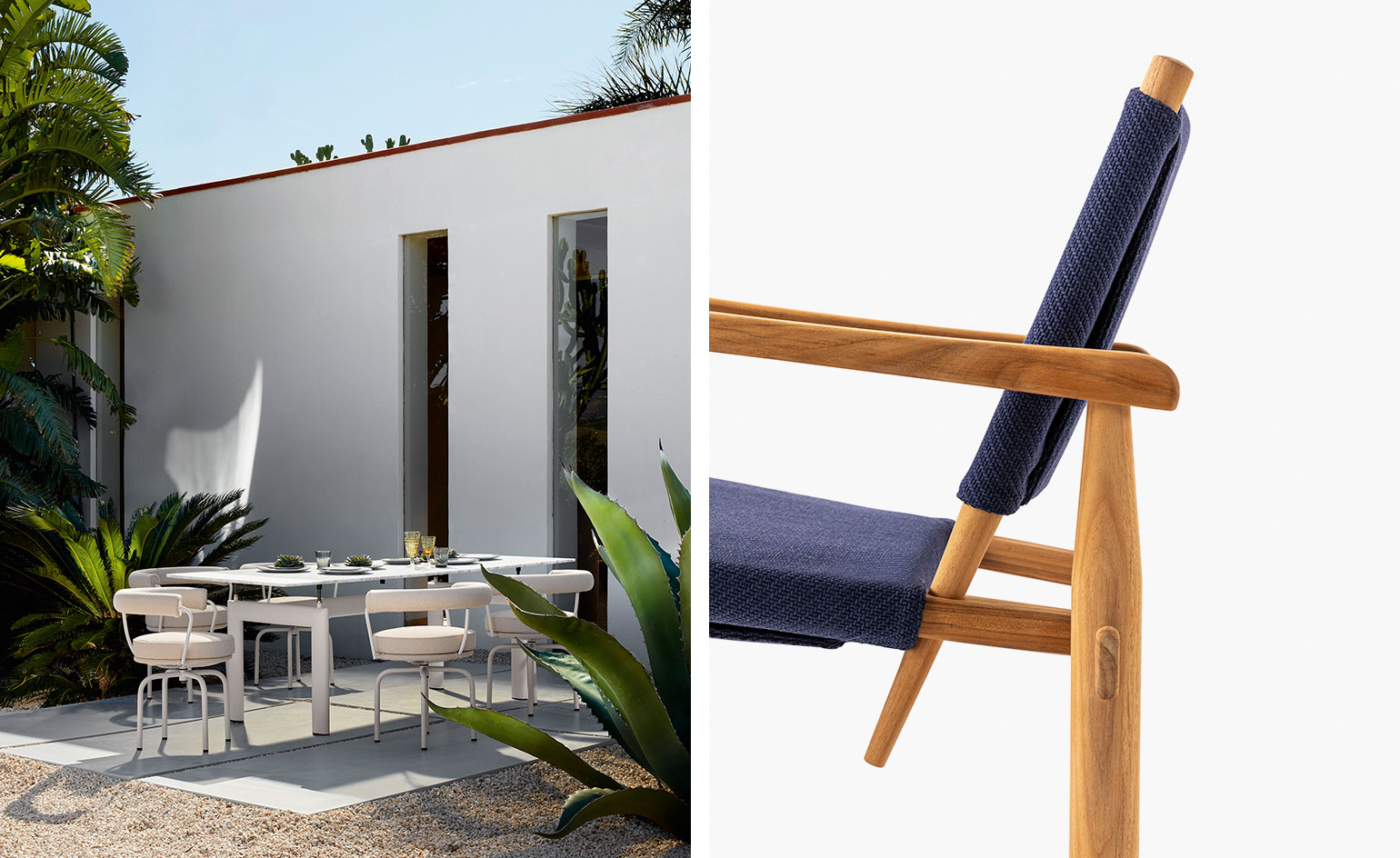 Cassina’s first line of outdoor furniture has a midcentury edge
Cassina’s first line of outdoor furniture has a midcentury edgeAt IMM Cologne (13-19 January), Italian stalwarts Cassina will be revealing its first ever outdoor collection that blends reimagined design icons with a set of contemporary al fresco pieces
-
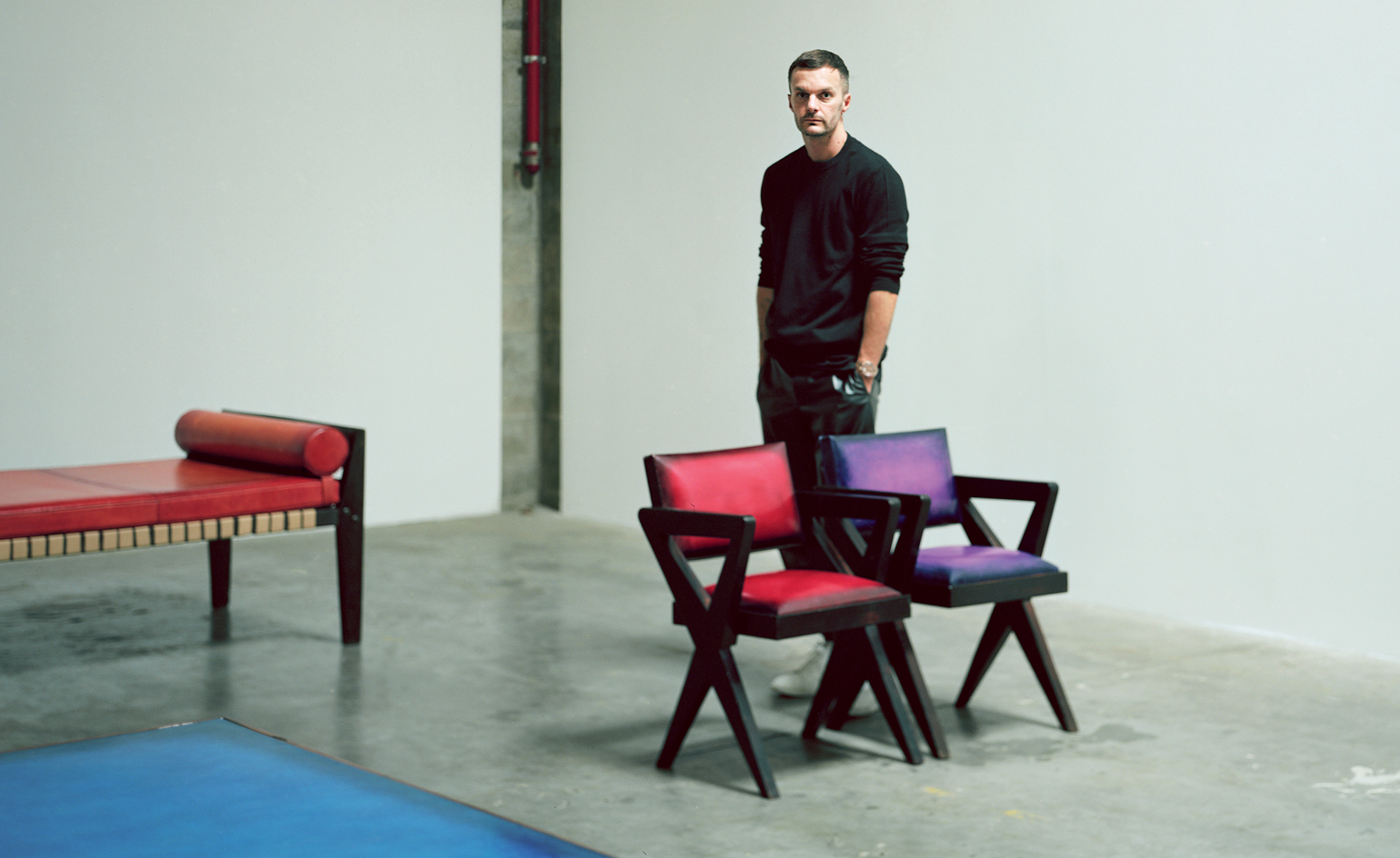 Berluti delivers colour and care to revive Pierre Jeanneret’s Chandigarh furniture
Berluti delivers colour and care to revive Pierre Jeanneret’s Chandigarh furnitureFor this year’s Design Miami, Kris Van Assche partners with François Laffanour to present a collection of Pierre Jeanneret furniture pieces
-
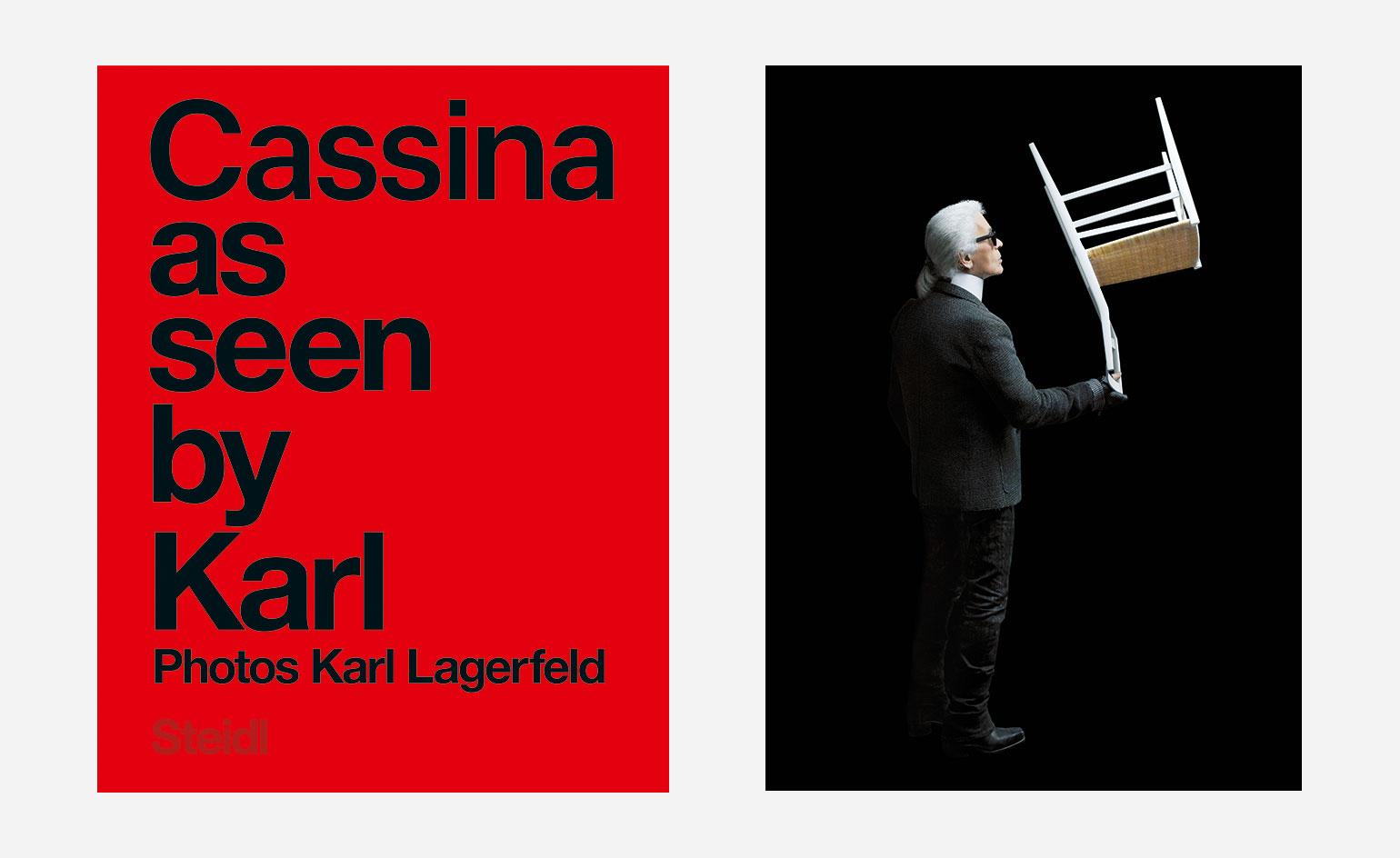 Cassina’s furniture as seen through the lens of Karl Lagerfeld
Cassina’s furniture as seen through the lens of Karl Lagerfeld -
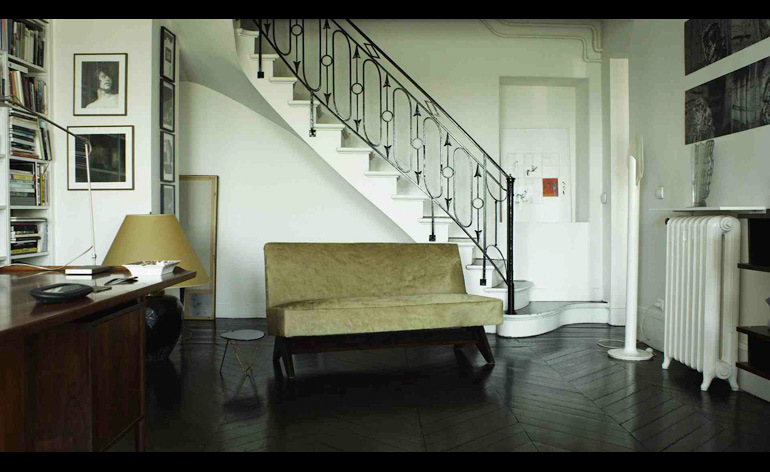 Amie Siegel searches for 'Provenance' in a new film tracing Le Corbusier's furniture
Amie Siegel searches for 'Provenance' in a new film tracing Le Corbusier's furniture -
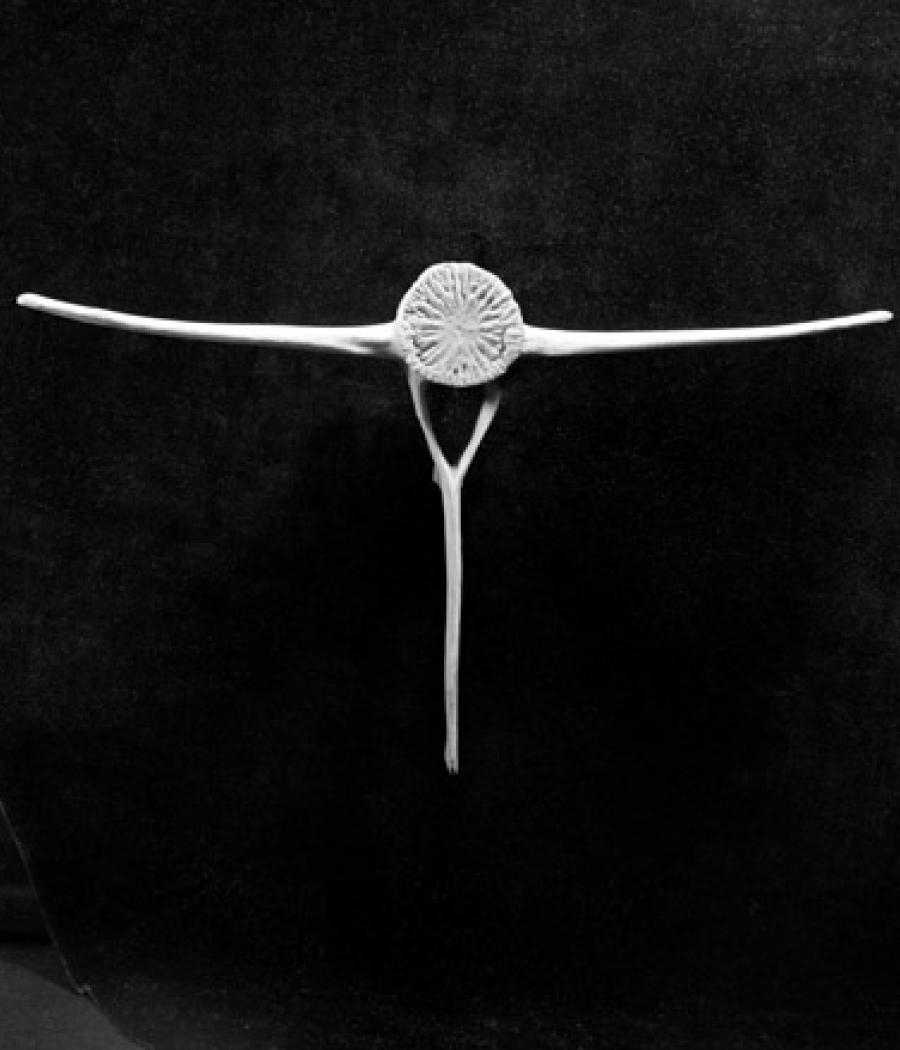 Charlotte Perriand: Photography to interior design
Charlotte Perriand: Photography to interior design -
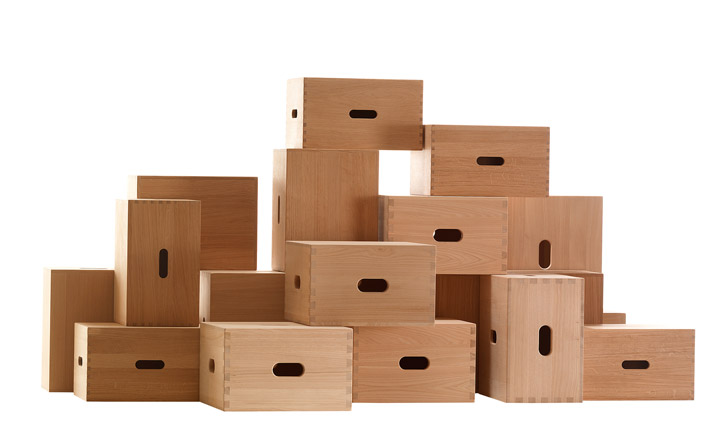 Cassina revives Le Corbusier furniture
Cassina revives Le Corbusier furniture